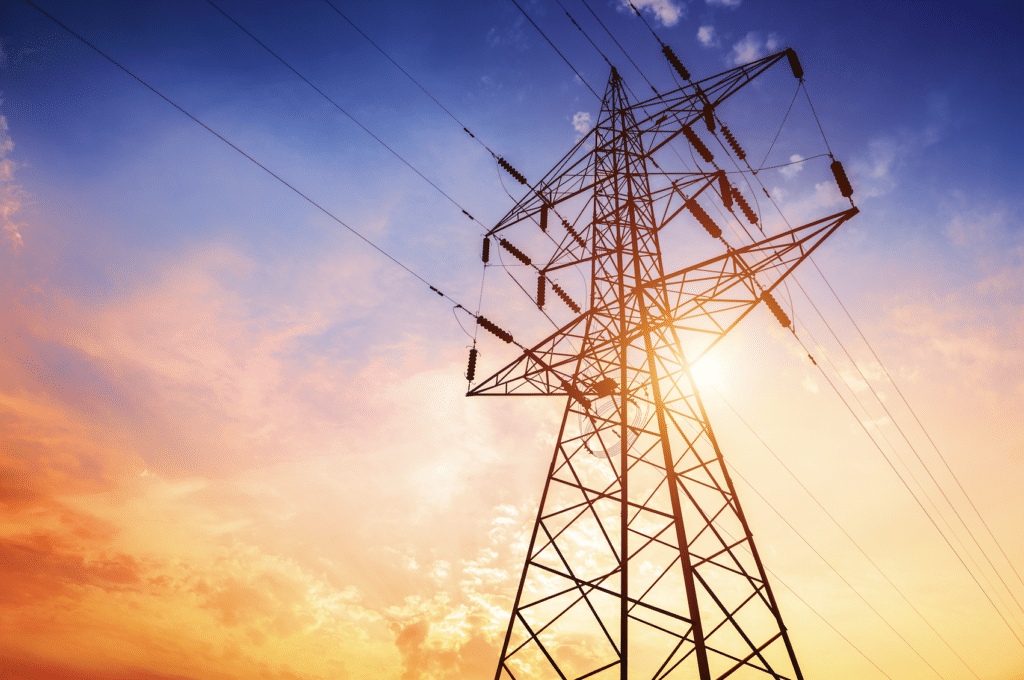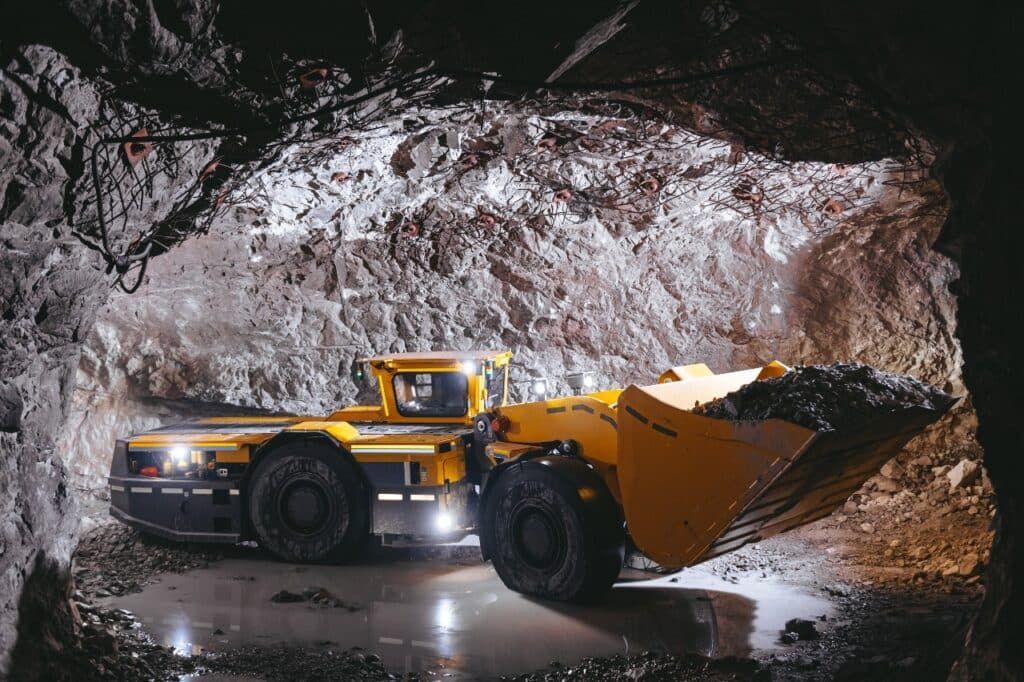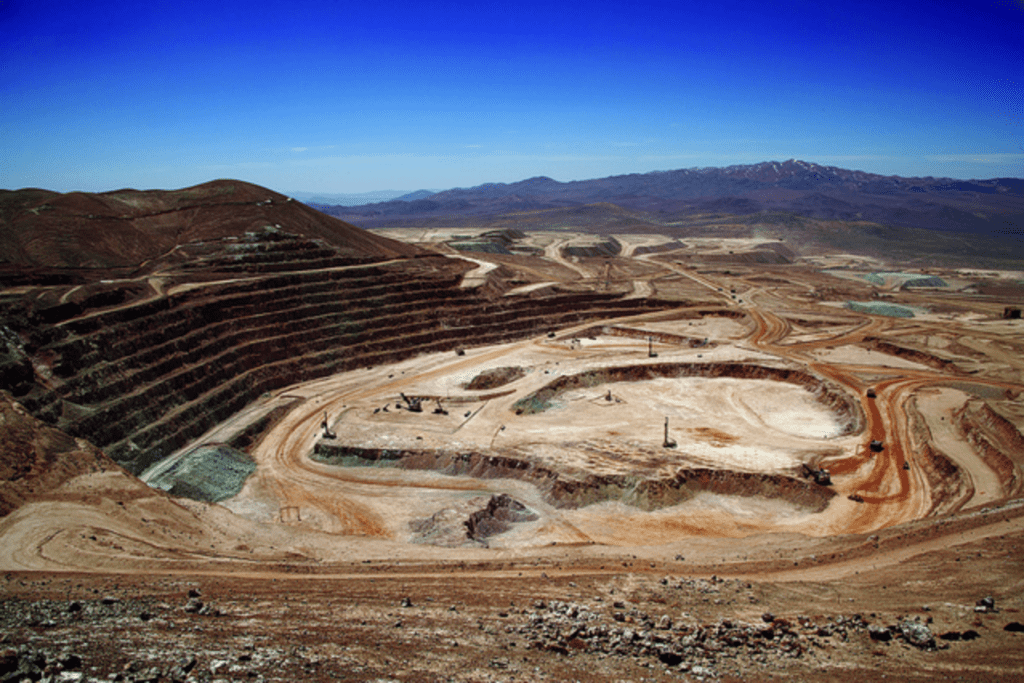Martin Engineering celebrates 50 years of air cannon technology
Martin Engineering, a world leader in bulk handling solutions, is marking the 50th anniversary of its invention of the world’s first low-pressure air cannon.
Air cannons have transformed material flows in bulk processing systems, eliminating problematic internal buildups and blockages. After five decades of continuous innovation, Martin Engineering remains at the forefront of air cannon advancements, enabling industrial plants to run more profitably, efficiently and safely than ever.
The company launched the world’s first low-pressure pneumatic air cannon – its legendary Big Blaster – in 1974. It was devised and developed by Carl Matson, a member of Martin’s senior team and cousin of the firm’s founder Edwin F. Peterson.
The patented technology was designed to dislodge stubborn material stuck to the inside walls of hoppers and silos by firing precisely timed bursts of compressed air to keep bulk material flowing and preventing the growth of serious build-ups and blockages.
The air cannon was originally aimed at the same quarrying applications as the legendary Vibrolator, the Martin-patented industrial ball vibrator on which the company’s success had been built since its inception in 1944.
By the 1980s, as Martin Engineering expanded its global presence, the Big Blaster was already being reimagined for use in high-temperature industrial applications to maintain the flow of sticky materials through the process and minimise unscheduled downtime.
Martin air cannons soon proved to be a game-changer for sectors such as cement, for the first time signalling an end to workers having to access the interior of preheater vessels to manually break off hefty material build-ups using a high pressure water jet – one of the most unpleasant and hazardous jobs on a cement plant.
By the 1990s, Martin Engineering had developed an extreme heat and velocity version of the Big Blaster, called the XHV, with an all-metal construction capable of withstanding the harshest of conditions.
During the 2000s, Martin became the first to introduce a safer positive-pressure firing valve with its Tornado air cannon – technology that prevents unintentional firing if there’s a drop in system pressure, and also allows solenoid valves to be positioned up to 60m from the air cannon for easier access and maintenance. Designed with safety in mind, the positive firing valve also delivers a more powerful blast.
Soon after that came the introduction of the Hurricane valve, located in the rear of the air cannon tank rather than at the tank and nozzle junction, greatly improving safety and ease of maintenance. The exterior-facing design eliminates the need for removal of the tank so maintenance is a simple one-worker operation requiring only minutes for replacement.
In 2008, Martin Engineering opened its industry-leading Center for Innovation, which accelerated the company’s air cannon technology advancements including:
- SMART Series Nozzles with multiple nozzle tips, one of which features a retractable design that extends the 360° nozzle head into the material stream only when firing, protecting it from repeated abrasions and extreme temperatures. Its clever Y-shaped assembly means the nozzle can be installed, accessed and serviced without removing the air cannon or further disruption to the vessel structure and refractory.
- The Martin Thermo Safety Shield, which acts as a safety barrier to allow timely and safe maintenance of air cannon systems. It protects workers from exposure to severe temperatures so that maintenance can take place safely and production stays on schedule.
Martin Engineering’s current ground-breaking air cannon designs are the result of research and development in the Center for Innovation, located at the company’s headquarters in Neponset, Illinois. The centre will open its doors to visitors in the Summer of 2024 as part of the 50th anniversary celebrations.
“From the very beginning, our air cannons were specifically designed to produce a quiet but powerful, high-velocity discharge of plant-compressed air to dislodge buildups and enhance material flow,” Martin Engineering global air cannon product manager Brad Pronschinske said.
“They were developed to be capable of handling the high temperatures, harsh gases and abrasive, corrosive materials associated with heavy industries, and yet have low maintenance requirements and low costs. Since the launch of the Big Blaster 50 years ago, we have continued to innovate, introducing smarter and ever more powerful air cannon systems that improve efficiency, productivity and safety.
“We’re especially proud that Martin air cannons have become so important in reducing the health and safety risks associated with clearing blockages manually – such as working in confined spaces, working at height, falling materials, and working in hot and dusty environments.
“Our team is always working on new developments and we’re looking forward to bringing the next generation of air cannon technologies to our customers all over the world.”
Source: https://www.australianmining.com.au/martin-engineering-celebrates-50-years-of-air-cannon-technology/




